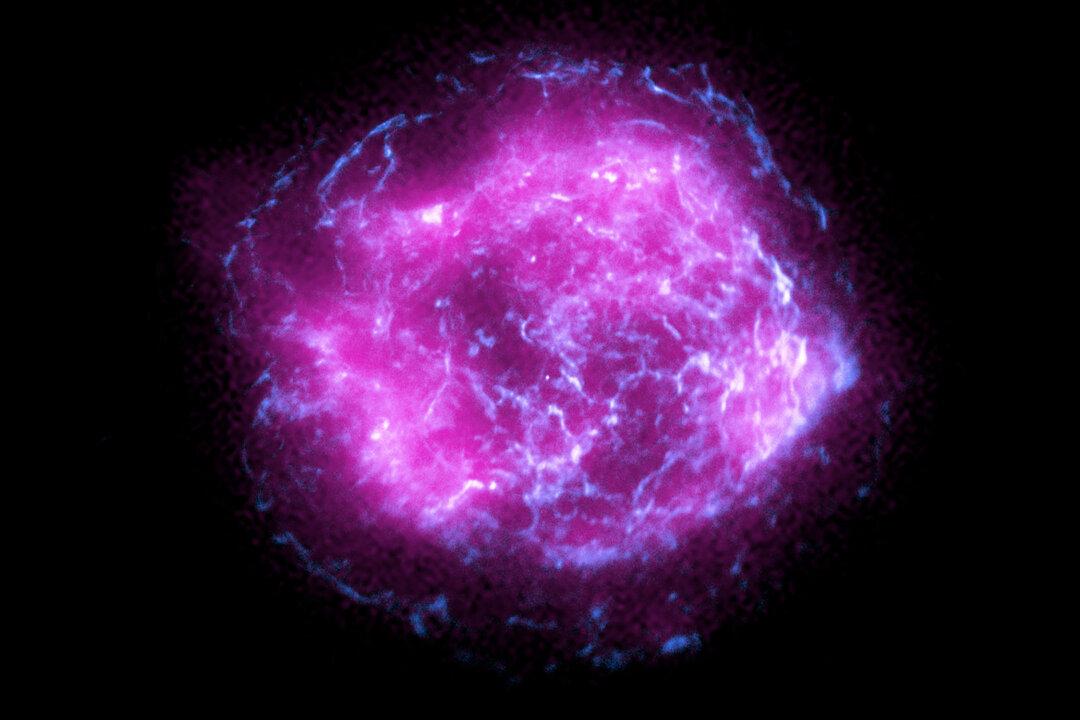Astronomers are now equipped with a new pair of eyes in the sky.
As of mid-February, the new Imaging X-ray Polarimetry Explorer (IXPE) observation platform, orbiting Earth since late 2021, sent back its first exploration images to scientists on the ground—revealing new scenes of the cosmos with its X-ray eyes.






